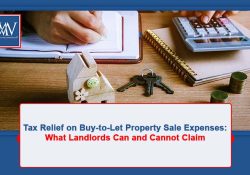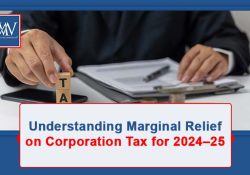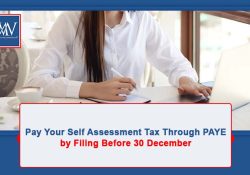Land and Building Transaction Tax
Land and Building Transaction Tax (LBTT) is payable by the purchaser in a land transaction which occurs in Scotland. At Makesworth Accountants, we can provide guidance on LBTT in the Harrow area.
These types of the transaction would include a simple conveyance of land such as buying a house but also creating a lease or assigning a lease.
Who pays the tax?
LBTT is payable by the purchaser in a land transaction occurring in Scotland.
What is a land transaction?
A transaction will trigger liability if it involves the acquisition of an interest in land. This will include a simple conveyance of land such as buying a house, creating a lease or assigning a lease.
When is the tax payable?
The tax has to be paid when a contract has been substantially performed. In cases where the purchaser takes possession of the property on completion, that will be the date. However, if the purchaser effectively takes possession before completion – known as ‘resting on contract’ – that will be regarded as triggering the tax.
Land and Buildings Transaction Tax
LBTT is payable on land and property transactions in Scotland with an effective date on or after 1 April 2015.
| Residential property | Rate % |
|---|---|
| £0 – £145,000 | 0 |
| £145,001 – £250,000 | 2 |
| £250,001 – £325,000 | 5 |
| £325,001 – £750,000 | 10 |
| £750,001 and over | 12 |
The rates apply to the portion of the total value which falls within each band.
Higher rates for additional residential properties
Higher rates of LBTT are charged in Scotland on purchases of additional residential properties (above £40,000), such as buy to let properties and second homes.
The main target of the higher rates is purchases of buy to let properties or second homes. However, there will be some purchasers who will have to pay the additional charge even though the property purchased will not be a buy to let or a second home. The 18 month rules set out below will help to remove some transactions from the additional rates (or allow a refund). Care will be needed if an individual already owns, or partly owns, a property and transacts to purchase another property without having disposed of the first property.
The higher rates are three percentage points above the LBTT rates shown in the table above. The higher rates potentially apply if, at the end of the day of the purchase transaction, the individual owns two or more residential properties.
Some further detail:
- purchasers will have 18 months to claim a refund of the higher rates if they buy a new main residence before disposing of their previous main residence
- purchasers will also have 18 months between selling a main residence and replacing it with another main residence without having to pay the higher rates
- a small share in a property which has been inherited within the 18 months prior to a transaction will not be considered as an additional property when applying the higher rates
- there will be no exemption from the higher rates for significant investors
- LBTT has been enacted with 18 month periods rather than 36 months which applies for Stamp Duty Land Tax (SDLT).
| Non-residential | Rate % |
|---|---|
| £0 – £150,000 | 0 |
| £150,001 – £350,000 | 3 |
| £350,001 and over | 4.5 |
The Scottish government has LBTT calculators which work out the amount of LBTT payable. The calculators can be found at www.revenue.scot/land-buildings-transaction-tax/tax-calculators.
For transactions prior to 1 April 2015 see the factsheet on SDLT.
LBTT and first-time buyer relief
In the Scottish Draft Budget 2018-19, the Scottish government announced that it will introduce a new LBTT relief for first-time buyers of properties up to £175,000. The relief will raise the zero tax threshold for first-time buyers from £145,000 to £175,000, and, according to the Scottish government, 80% of first-time buyers in Scotland will pay no LBTT at all. The Scottish government also announced that first-time buyers buying a property above £175,000 will also benefit from the relief on the portion of the price below the threshold.
The Scottish government announced that it will launch a consultation on the policy before introducing the first-time buyer relief in 2018/19. The relief for first-time buyers paying SDLT on first homes was introduced from 22 November 2017.
How we can help
Need Accountancy Support?
For information on bespoke training, or if you have any other questions for Makesworth Accountants, please fill in your details below


















 151
151